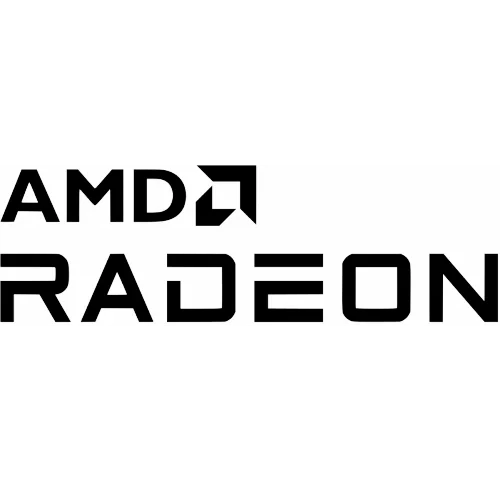More Radeon Power Management Improvements

Over the weekend AMD's Alex Deucher put out updated power management patches (in this patch directory) and then Red Hat's Matthew Garrett expanded on the work.
In a new blog post, Matthew Garrett elaborates on the complications of Radeon re-clocking with needing to ensure the GPU / command processor is idle, no memory is being scanned out to the screen, that the CPU isn't writing to the video memory, and last but not least that TTM isn't attempting to add/remove/modify any memory objects.
Fortunately all of that is taken care of, and the Radeon power management / re-clocking support is working rather reliably. With Matthew's hardware he's experience a savings of 30 Watts. This is before any of the open-source developers are even dealing with voltage adjustment, so there's still more savings to be found.
Matthew Garrett also pointed out in that post that AMD's power management is more documented than what's available for Intel's hardware. Intel hasn't publicly documented their clock configuration registers and their open-source code covering this is apparently obfuscated.
Let's hope that this work is prepared to land with the Linux 2.6.35 kernel in the coming months.
178 Comments

